You might find that Askrigg already looks familiar: probably thanks to its fame as a key location for the BBC's James Herriot's All Creatures Great and Small, using one of the houses as Skeldale House and the King's Arms as the Drovers'. You can see photos from the filming in the pub. The King's Arms was built as a coaching inn by John Pratt, a renowned racehorse breeder who kept his hunters and hounds in the yard behind the pub. The buildings behind the pub now belong to a holiday company, but you can still walk through and see the semi-circular enclosure.
'Askrigg' is thought to mean the 'ridge where ash trees grow', and is mentioned as 'Ascric' in the Domesday book. It's thought that Cistercian monks from Jervaulx Abbey grazed their sheep here. Elizabeth 1st granted a market charter in 1587. The fine houses either side of the road mainly date back to the 18th and 19th century when Askrigg was part of the then lucrative textile industry. The market cross dates back to 1830. Askrigg was also celebrated as a centre for clock-making, starting with John Ogden in 1680, and continuing through the centuries. Other well-known clockmakers were Mark Metcalfe, James Pratt and Christopher Caygill. You can see some examples of Askrigg clocks in the Dales Countryside Museum in Hawes. Over 60 years ago Marie Hartley and Joan Ingilby told the history of Askrigg in their celebrated book, 'Yorkshire Village'.
Some interesting features to look out for:
- The market cross, pump and iron bull ring set into the cobbles.
- Lovely little bridge at the top of the village
- The lions - look up! - I'd love to know the story of these but can't find out anything about them
- The Parish Church of St. Oswalds dates from 1446. Pevsner declaimed the nave ceiling to be the "finest in the North Riding". The font is thought to date from before the 15th century.
- Nearby Nappa Hall was the home of the Metcalfe family. It's believed Mary, Queen of Scots was imprisoned there for a short time, probably before going to Castle Bolton

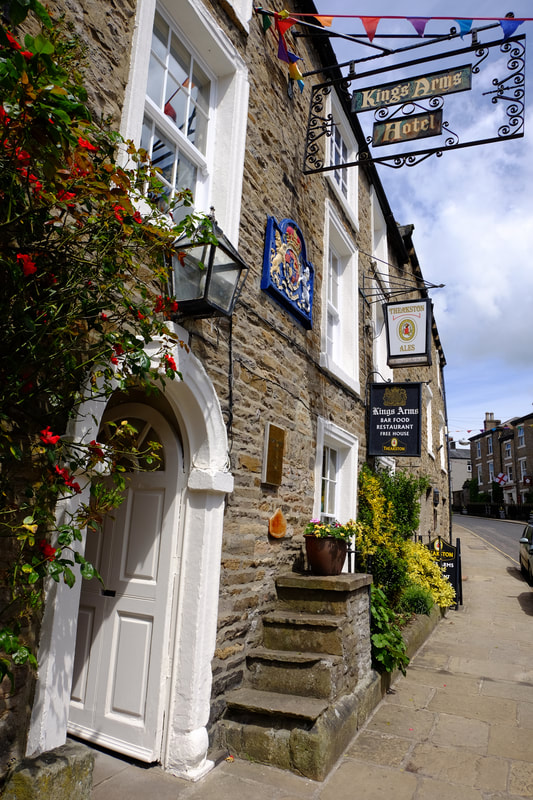
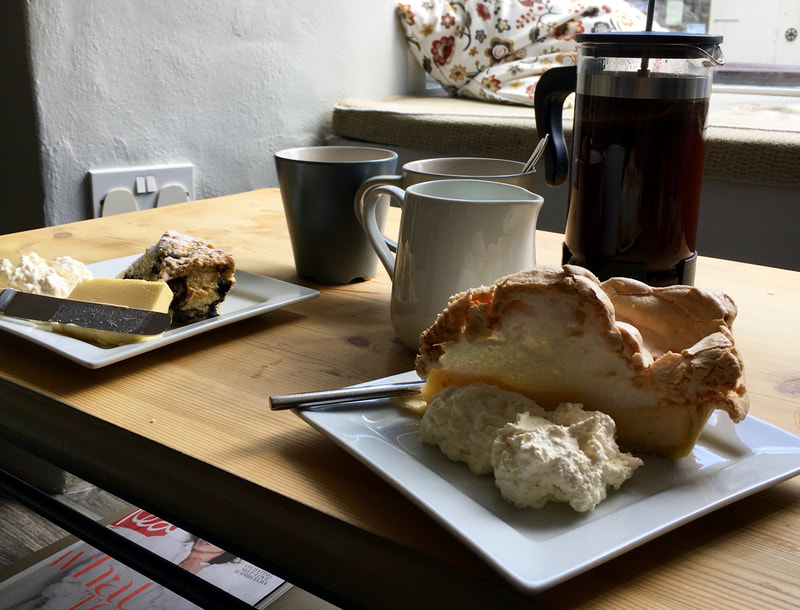
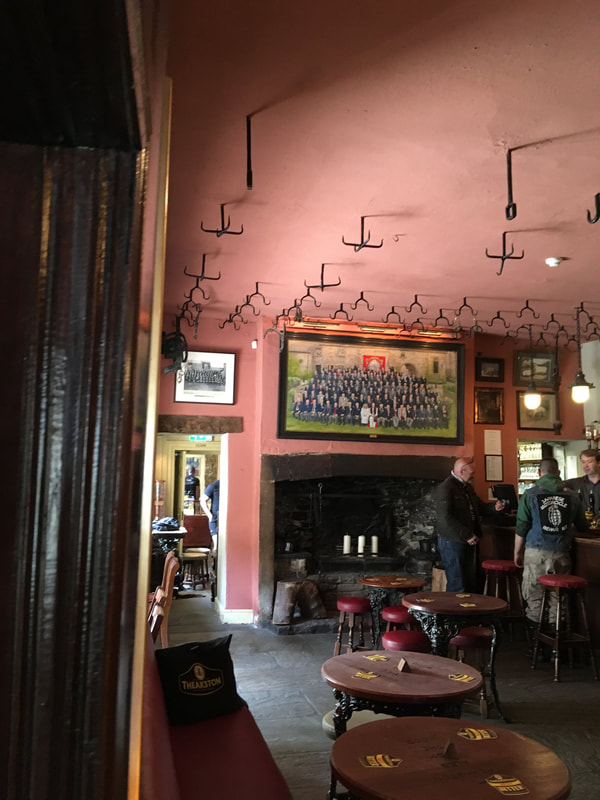
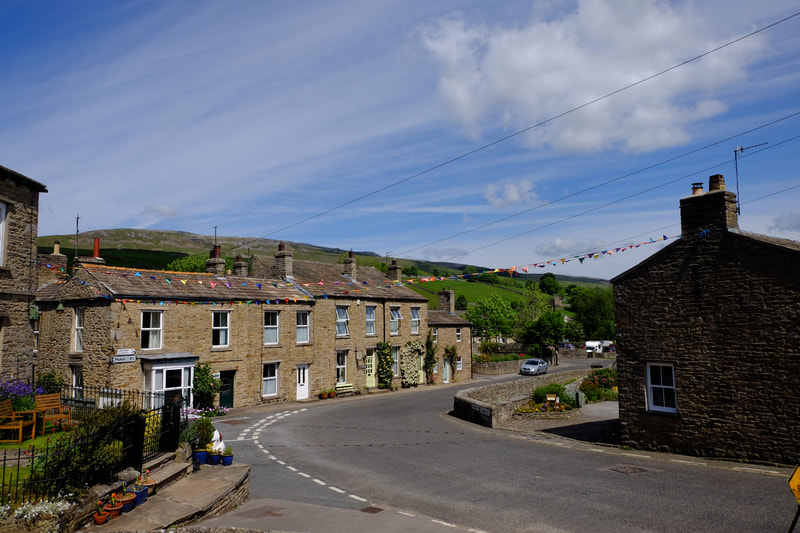
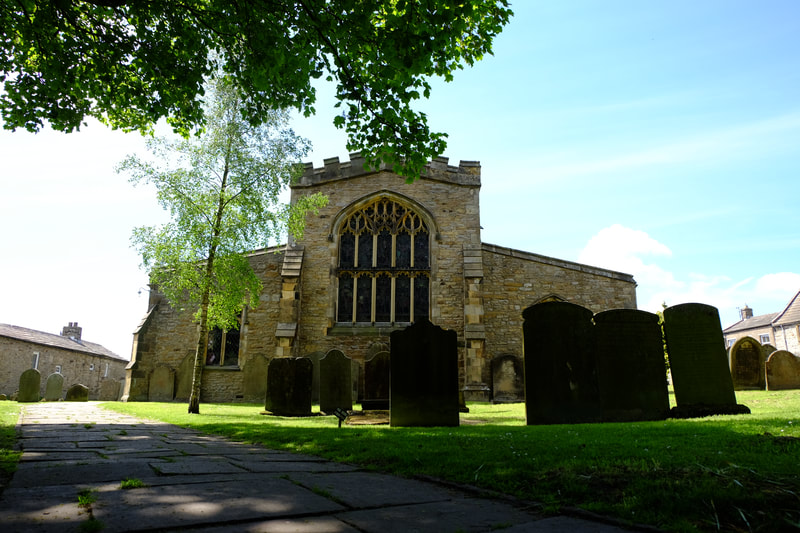
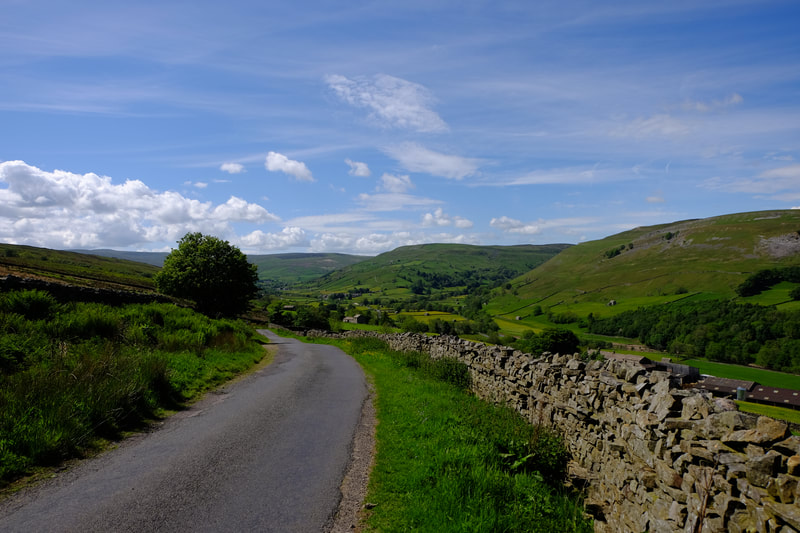
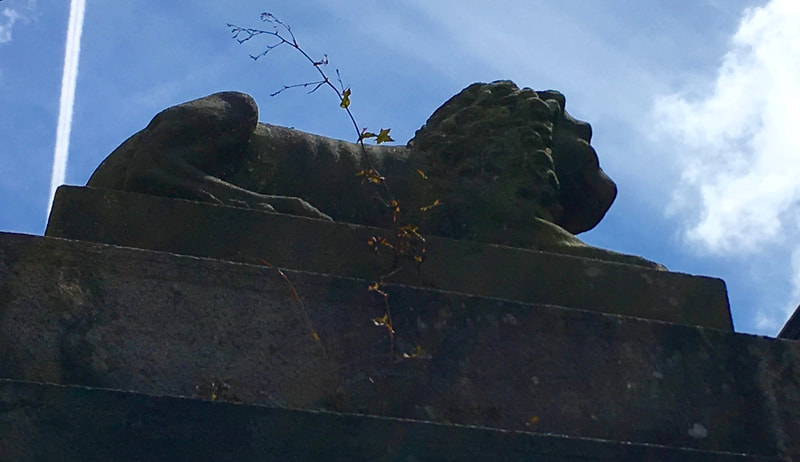
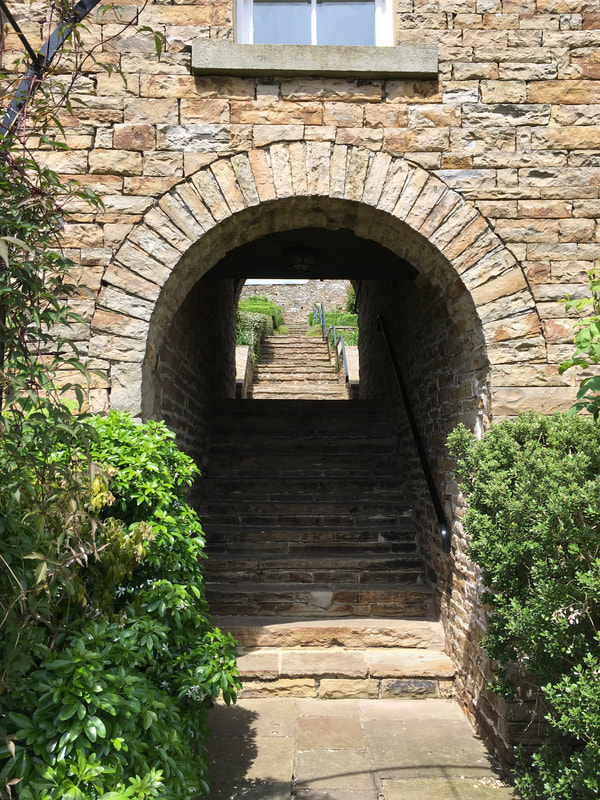
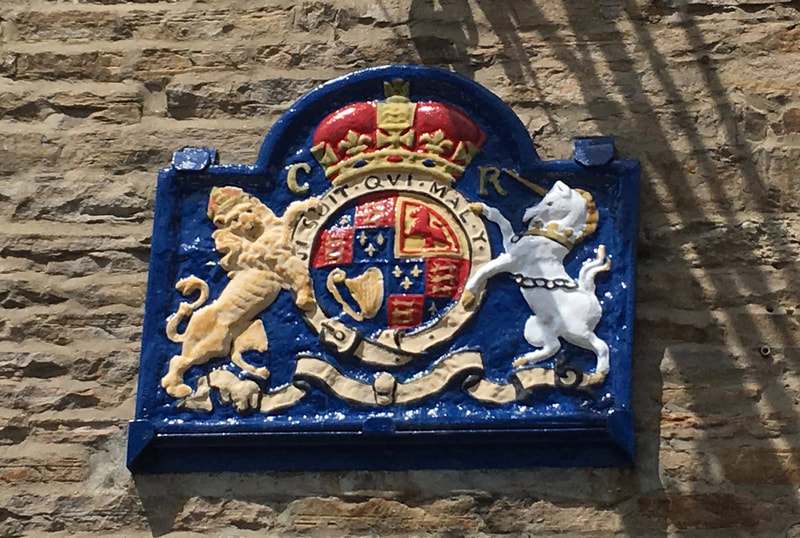
 RSS Feed
RSS Feed
